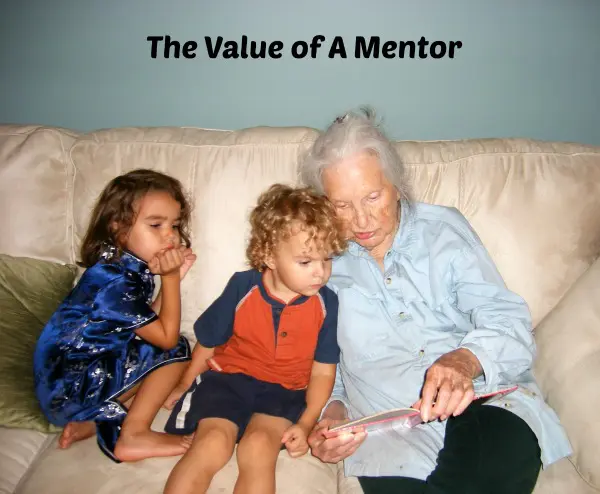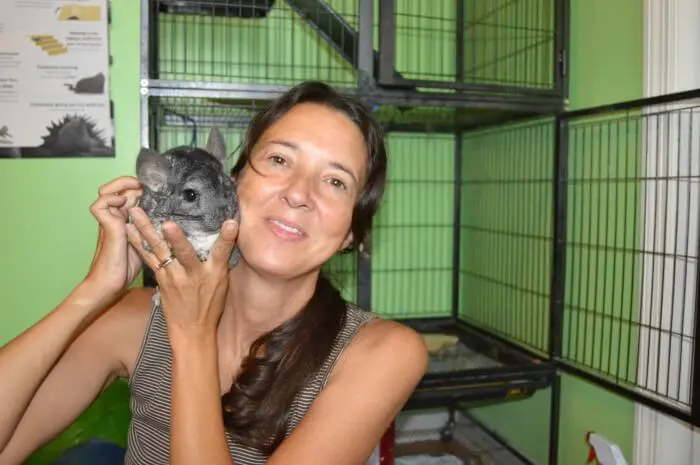If you have been in a relationship for awhile, you may have heard of the love languages. They are a concept made popular by Dr. Gary Chapman’s book, The 5 Love Languages®. They help you deepen your love connection by showing you how to express your love and ask for love in specific ways that […]
Lifestyle
Health family lifestyle. Tips for a better family life, balance work family life. Healthy family living advice so you can reap the benefits of a healthy lifestyle.
Moisturizing DIY Lip Balm Tutorial
I’m a sucker for a good lip product and need to steer clear of the lip balm aisle when I go to the store from now on. There are so many to choose from and new ones are on the shelf it seems like every week. The downside of most lip balms is that they […]
Canvas Prints vs Photo Tiles: Which Wall Art Solution
The world of wall art has expanded far beyond the simple framed photo. Today’s homeowners are looking for displays that reflect their personal style while being practical for their living situations. The choice often comes down to two popular options: the classic, gallery-style appeal of traditional canvas prints or the fresh, modern approach of photo tiles. Each […]
Back To School Checklist For Parents To Get Prepared
Fall is rapidly approaching, which means that soon you’ll be crunching through autumn leaves and drinking hot apple cider. It also means the first day of school is just around the corner. When you’re preparing your kids—and your entire family—for the start of another school year, there are lots of things to get ready. Here […]
What Is The Role Of A Mentor?
If you are interested in either having a mentor or being a mentor, you might want to give some thought to the question, “What is the role of a mentor?” He or she should provide guidance, support, and expertise to someone with less experience or knowledge. But that definition just focuses on the functionality of […]
Chinchilla Care: How To Take Care Of Chinchillas As Pets
Have you been considering chinchillas as pets? Chinchillas are super soft, cute animals that are gentle and family-friendly. If you have a family member with allergies, you will love that chinchillas don’t have dander! Chinchillas are pretty easy to care for as pets but they do need a comfortable habitat and lots of attention to […]
Journal Ideas: How to Fill the Pages
Do you have any blank journals waiting to be filled? Have you been meaning to start a record of your thoughts and experiences? Sometimes we need a little help finding the motivation and consistency. Maybe you have received a journal as a gift, or bought one hoping to start writing daily. Personally, I just have […]







